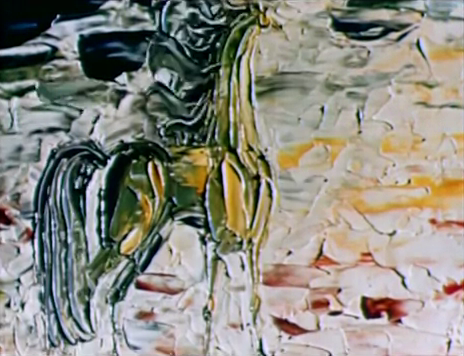
At long last, a certain dream of mine for almost four years now has come true—namely, for Group TAC’s long-forgotten classic film The 11 Cats, which was originally released on this very day 40 years ago, to receive English subtitles! Even better, the film is now available for viewing in a better-quality version that was previously online, and best of all, it even comes with English-subtitled versions of director Shirō Fujimoto’s three best episodes for TAC’s legendary anthology series, Manga Nihon Mukashibanashi, which showcase his unique talent as an illustrator and even painter in his own right.
Download these films directly from Google Drive!
Had I been told back in the late summer of 2016 that I, and two other friends I’ve made since then (Meizhan and Kenji, the latter of whom contributed a guest article to this very blog last year), would ultimately be the ones to undertake this project, I would not have believed it. Yet so much has changed since then, and I like to think I’ve grown immensely as a person and writer, so here we are…
Ben Ettinger has already written a nice primer on The 11 Cats and the creative figures behind it, so for this article, I would like to delve even further into the historical context behind the film’s making and what said creative figures were up to at the time, as well as offer certain insights on the film and the MNMB episodes—and Fujimoto’s own directorial vision, for that matter—that have hitherto not been brought up in a public space. Additionally, I would like to recount the tumultuous events that led up to this very day, including a look at the enormous difficulties I encountered in creating at least a semi-restored version of the film. (more…)








